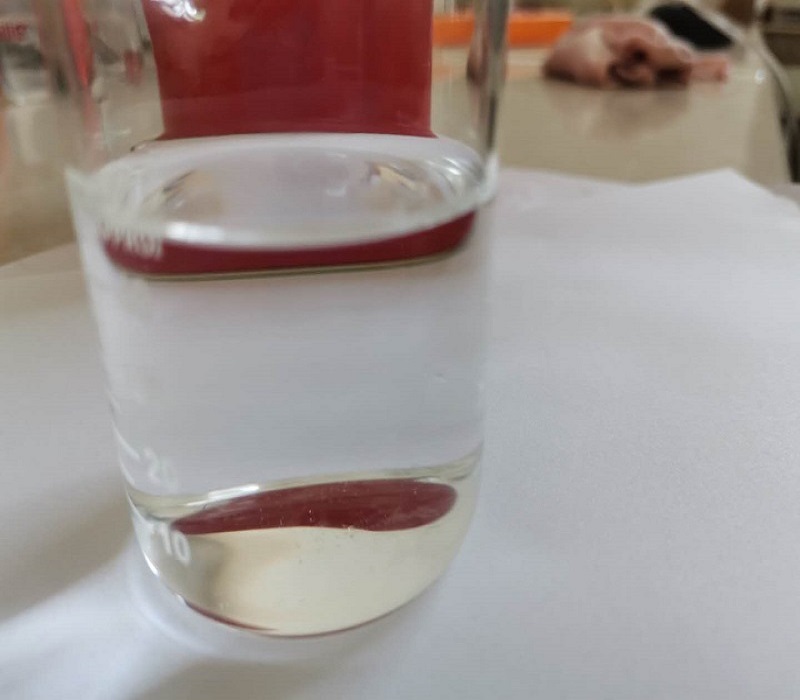Tributyrin is comprised by one molecule glycerol and three molecules butyric acid.
1. Effect on pH and concentration of volatile fatty acids
The results in vitro showed that the pH value in the culture medium decreased linearly and the concentrations of total volatile fatty acids (tvfa), acetic acid, butyric acid and branched chain volatile fatty acids (bcvfa) increased linearly with the addition of tributyrin.
The results in vivo showed that the addition of triglyceride decreased the dry matter intake (DMI) and pH value, and linearly increased the concentrations of tvfa, acetic acid, propionic acid, butyric acid and bcvfa.
2. Improve the degradation rate of nutrients
The apparent degradation rates of DM, CP, NDF and ADF increased linearly with the addition of tributyrin in vitro.
3. Improve cellulose degrading enzyme activity
The activities of xylanase, carboxymethyl cellulase and microcrystalline cellulase were linearly increased by adding tributyrin in vitro. In vivo experiments showed that triglyceride linearly increased the activities of xylanase and carboxymethyl cellulase.
4. Increase microbial protein production
In vivo experiments showed that triglyceride linearly increased the daily amount of allantoin, uric acid and absorbed microbial purine in urine, and increased the synthesis of rumen microbial nitrogen.
Tributyrin increased the synthesis of rumen microbial protein, the content of total volatile fatty acids and the activity of cellulose degrading enzymes, and promoted the degradation and utilization of nutrients such as dry matter, crude protein, neutral detergent fiber and acid detergent fiber.
The results showed that tributyrin had a positive effect on rumen microbial protein production and fermentation, and might have a positive effect on the production performance of adult ewes.
Post time: Jun-06-2022







